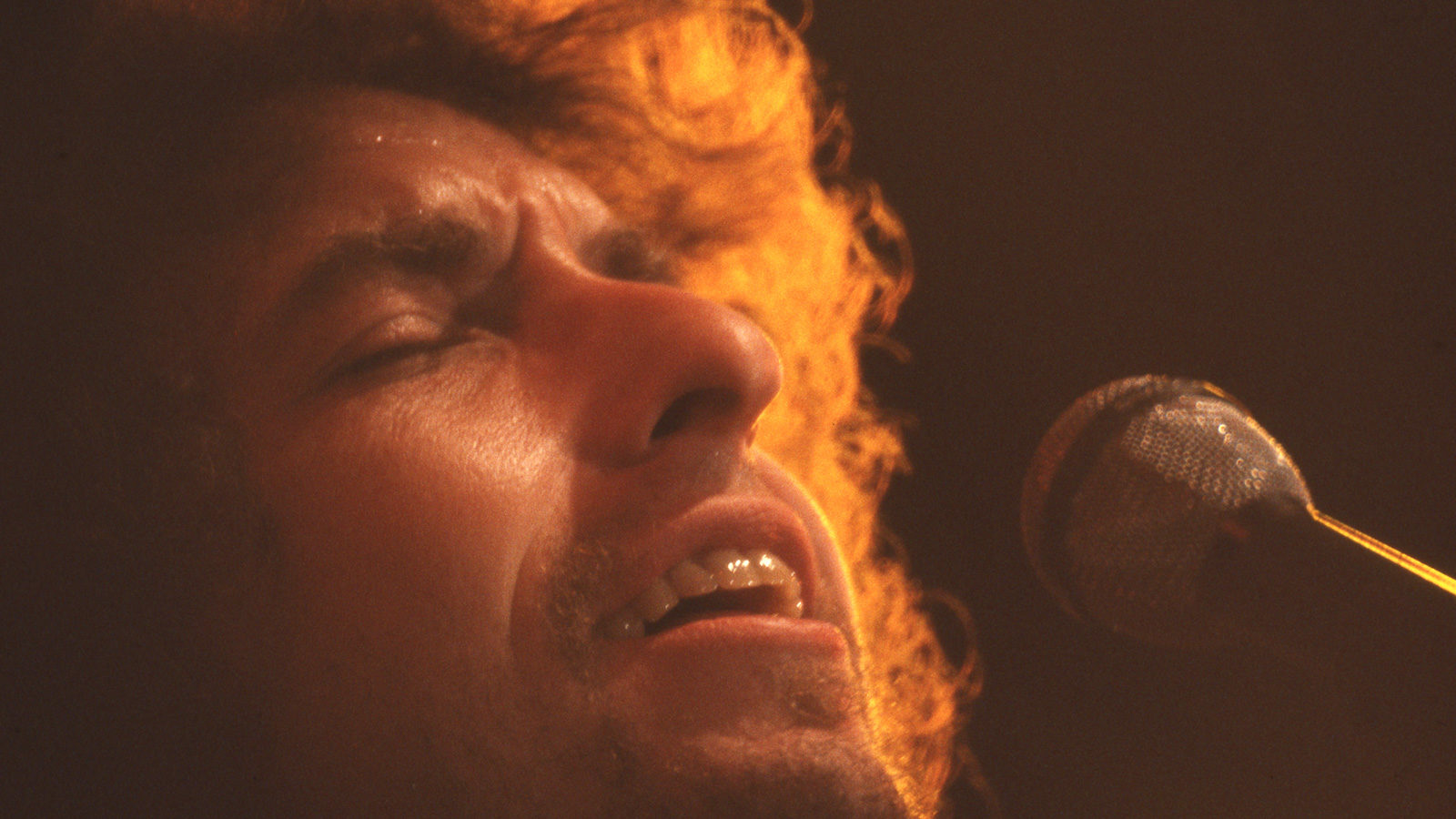So I impulsively took a bus trip up to NYC to see Trouble No More last night. Left DC at 12:30p, read Commonwealth on a gorgeous blue-sky early-fall afternoon up through NJ. Had a quick dinner with BL (Thai in Chelsea, 5 tables, not good, not bad, just food and good conversation), then the C train up to Lincoln Center. It was a clear, cool night. Not cold. Just perfect. I queued up in line with my book, remembering why I was always able to finish so many books when I lived in NYC.
I was early enough in line that when they opened the doors I got great seats. It started a little late, a speech from the director. A shout out to Jeff Rosen (seated a few rows up from me). And then the lights came down.
I wasn't sure what to expect. I knew it wasn't a concert film - but had concert footage. I vaguely knew that Luc Sante had written "sermons" for the film. And I knew it was short (an hour). But that was it.
So the lights went down and the film opened with a shot of a door. And then the camera moved through it and upstairs and we're in a rehearsal studio in LA in 1980, with Bob and that amazing band (and choir) running through a rough, ragged, slightly aggressive version of Jesus Met the Woman at the Well, that old traditional gospel song he did so well in the 60's -- reborn here. The camera is tight, the band is sweating, and it feels alive.
From there we jump to concert footage that I'd never seen (Buffalo '80?). Dylan looking somewhat tired, the stage small, the crowd pressed in tight. I'd forgotten these were theater-sized shows. But the band is on fire - and his voice is alive and urgent. And the way he moves. Throws his head to the side between lines. Captivating.
Then he walks off stage as the band keeps playing and the film neatly segues to Michael Shannon playing a 30's preacher, walking into a church, and giving a sermon - on removing the plank from your eye before pointing out the mote in your neighbor's eye - a standard text. But I found the delivery compelling. Having grown up hearing sermons like these, they ring true. But they also fit the film. They're plain-spoken, simple, but not condescending.
This rhythm keeps up through the film. Some amazing performances - Solid Rock, Pressing On, Ain't Gonna Go to Hell for Anybody, What Can I Do For You?, Precious Angel - interlaced with sermons. Some better than others. Some performances better than others. Generally fitting in the theme. And then, over the closing credits, a real treat - Bob and Clydie King rehearsing Abraham, Martin, and John. A perfect way to bring it all together.
All in all, somewhat to my surprise, I thought it worked incredibly well. It seemed as though they had a pile of 79-80 footage and weren't sure what to do with it. And they had two easy options and a third, more-interesting, option. The easy ways out would have been to do a full concert film of, say, Toronto (either 80 or 81 - or both) - 1-2 hours of pure music. Or they could have done a narrative-style No Direction Home type piece - telling the story of the Gospel Era with some combination of music and interview and voice-over.. But this approach worked even better, I think, and I'm glad they went with it.
And yes, we could quibble for days / months / years about what was left out and why (both here and in the box set). No Tucson '79. No New Orleans '81 (that Lanois mixed!). But I'm incredibly grateful that this exists at all. It was worth the bus ride. I missed the Q&A, alas, to catch the 11p bus back to DC, falling asleep almost instantly, feet dangling across the aisle. Out cold all the way home..

